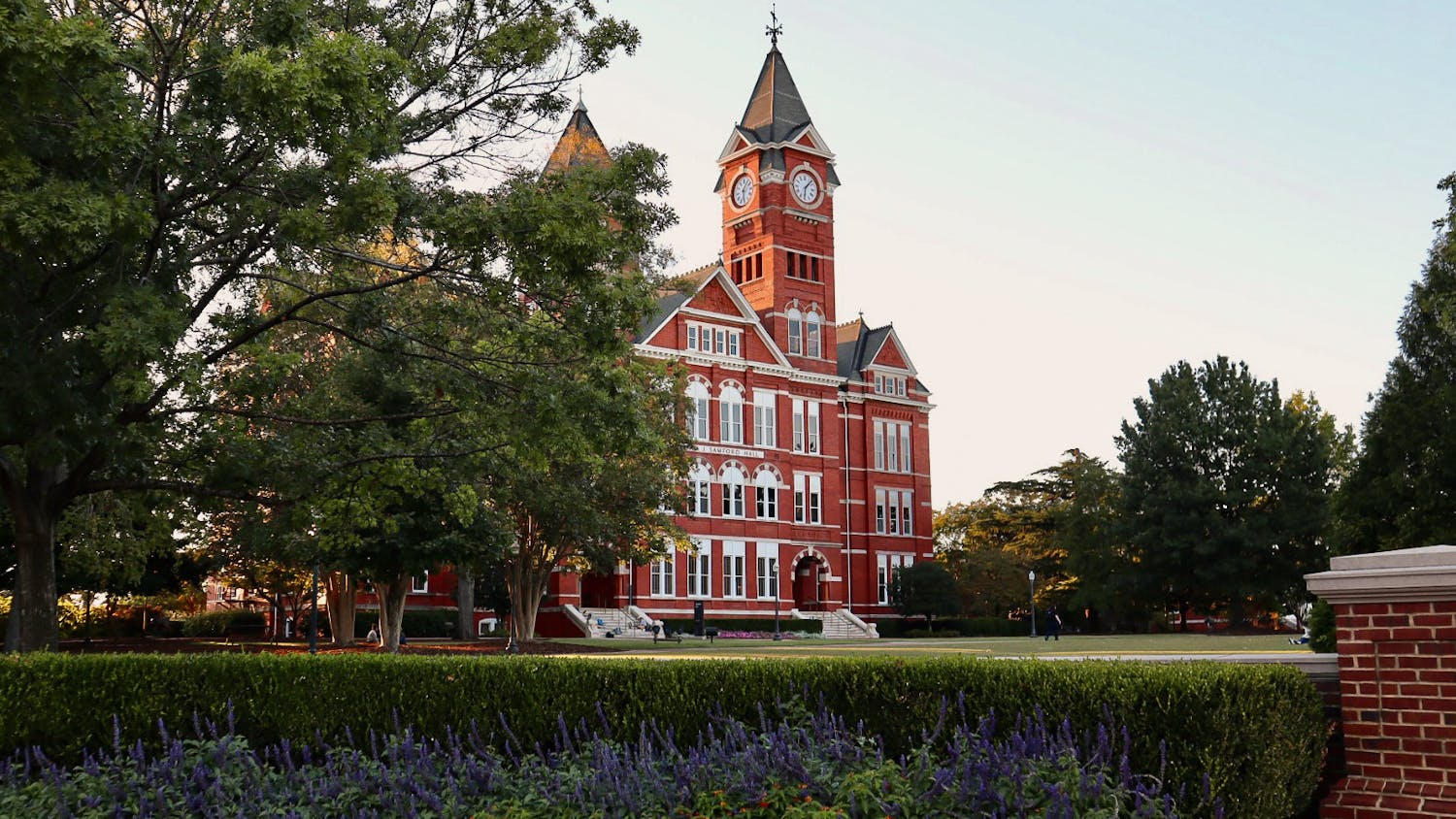Trains frequently pass through Auburn, and the crossing arms on College Street are known for backing up traffic.
Students, however, may not think much about railroad safety or the likelihood of being struck by a train.
Sept. 30 at 5 p.m., a tractor-trailer carrying plastic resin pellets was struck by a train at the intersection of Alabama State Highway 14 and Lee County Road 55.
There were no injuries, but Darin Thurmon, the driver of the truck, said he wondered why there were no crossing arms, bells or whistles to warn him that a train was coming as he pulled onto the tracks, waiting to turn left onto
Hwy. 14.
Bill Harris, spokesman for the Alabama Department of Transportation, said there are 3,254 public railroad crossings in Alabama, but only 1,260 have warning signals such as crossing arms, bells or whistles.
In Alabama in 2009, there were 69 collisions, four fatalities and 24 injuries involving railroad crossings.
"We get about $5 million a year in federal funds that can be used to upgrade rail crossings, and we can upgrade 20 to 30 crossings a year," Harris said. "The system we use prioritizes crossings and targets the crossings that are the highest priority."
Harris said federal criteria for prioritizing railroad crossings that need updates include traffic volume, train counts and accident history.
"Fortunately for Auburn, all the high-capacity roadways have the crossing arms and the bells and whistles," said Auburn City Engineer Jeff Ramsey.
However, rural areas often lack crossing signals, Ramsey said.
It costs about $150,000 to install signals at each railroad crossing, Ramsey said.
Installing crossing signals may not always prevent accidents.
Nancy Hudson, executive director of Alabama Operation Lifesaver, said driver error rather than lack of crossing signals is usually the cause of a train accident.
"We have a tendency to think (crossings with arms are) a much safer crossing, but nationally, more crashes happen where there are gates than where there is only the crossbuck--(the white X-shaped sign at railroad crossings)," Hudson said.
The reason for the higher incidence in accidents where signals are in place, Hudson said, is that people often try to beat the train before it stops traffic.
"Most of the time, from the time when the gate starts to move, you have about 20 to 25 seconds before the train actually enters the crossing, and it's not enough time," Hudson said. "So many people try to beat the train and end up losing their life."
Harris said it is important to remember that trains always have the right-of-way.
"Trains cannot stop quickly," said Carla Groleau, CSX director of corporate communications. "It is a simple law of physics: the huge weight and size of the train and the speed of the train dictate how quickly it can stop under ideal conditions."
Groleau said a 100-car freight train traveling at 55 miles per hour would need more than a mile to stop once the train is set into emergency braking.
Hudson said drivers need to constantly remember that trains could be on any track at any time, and it is the driver of the car's responsibility to yield to trains.
"We certainly don't want to lose anyone at a railroad crossing when it's such a simple thing to not get hit by the train--to just watch every single time," Hudson said.
Do you like this story? The Plainsman doesn't accept money from tuition or student fees, and we don't charge a subscription fee. But you can donate to support The Plainsman.




